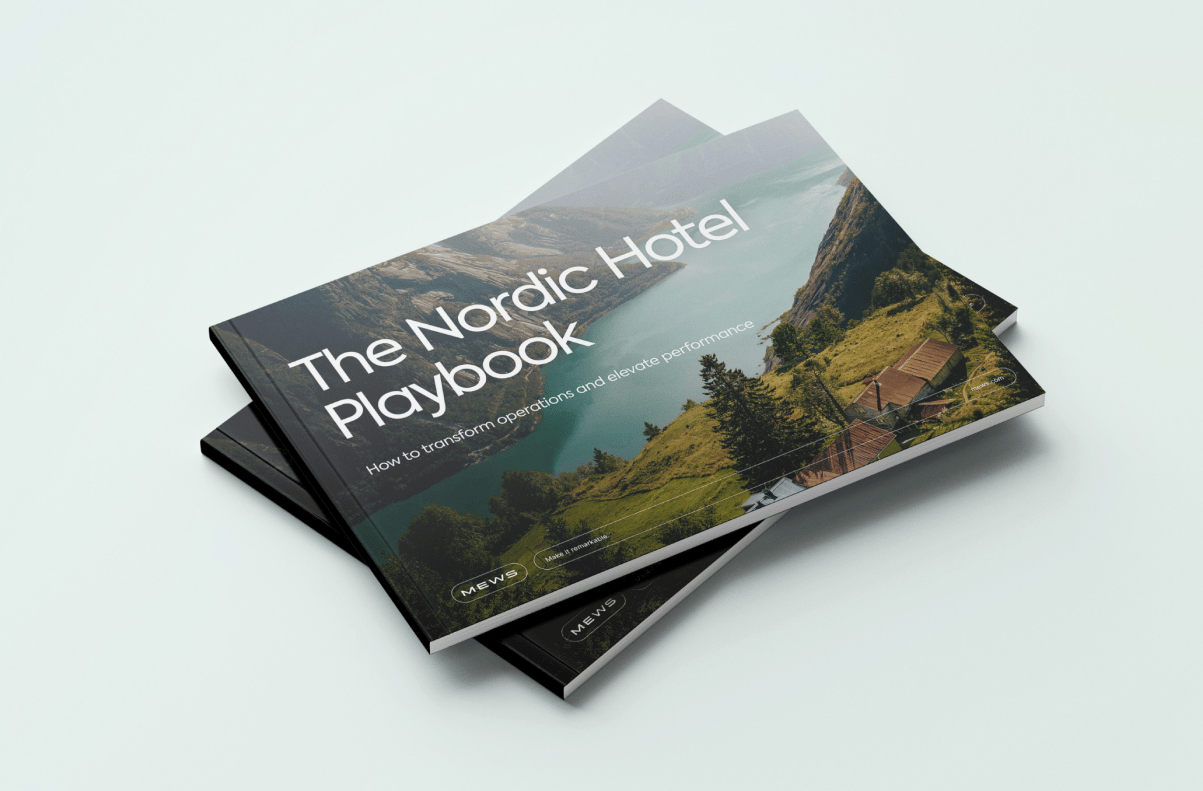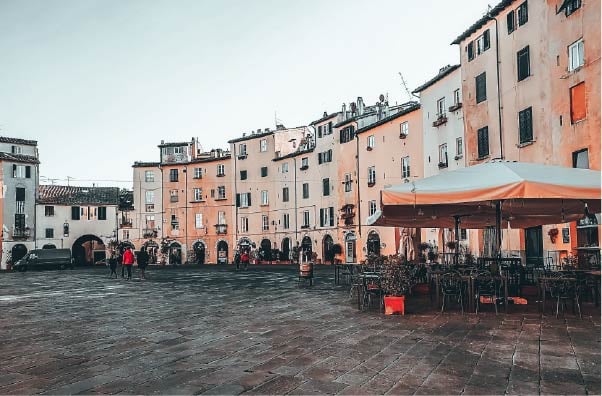Table of contents
In 2011, Marc Andreessen's landmark essay, Software is Eating the World, boldly proclaimed that every company would eventually become a software company. Fast forward to 2023, and the world of real estate is undergoing a similar transformation, with hotels at the helm.
The future of real estate will be characterized by mixed-use spaces and a service-driven approach, with every property incorporating elements of hospitality to meet the evolving needs of occupants and visitors.
The rise of mixed-use real estate
Mixed-use real estate has been steadily gaining traction for years, combining residential, commercial, and recreational spaces into a single property. This model has become increasingly attractive as urban areas grow denser and the line between work and leisure blurs. Hotels are leading the charge in this transformation, providing an ideal blueprint for integrating services and amenities in a unified environment.
The hotelification of real estate
As mixed-use real estate becomes the norm, traditional property types will morph to accommodate hospitality-inspired features. To stay relevant in this new landscape, real estate companies must adopt a service-oriented approach across every type of space:
1. Fully catered offices
In the future, offices will not only provide workspaces but also a wide array of services and amenities to support employee well-being and productivity. From on-site dining options and catering to wellness facilities and concierge services, offices will cater to every aspect of an employee's work-life balance.
2. Retail spaces with integrated delivery
As e-commerce continues to grow, retail spaces will need to adapt to stay competitive. By incorporating delivery services, retailers can offer customers the convenience of online shopping while still providing the experiential aspect of in-person retail.
3. Valet parking for all
Parking will evolve from a passive amenity to a full-service offering. In the US at least, valet parking will be the standard, reducing the stress of finding a parking spot and improving the overall experience for occupants and visitors.
The service imperative
Embracing a service-driven approach is essential for real estate companies to remain competitive in this rapidly changing landscape. This shift requires a fundamental change in mindset, from viewing property management as a passive, asset-based business to seeing it as an active, service-focused endeavor.
Property owners and managers will need to invest in the necessary infrastructure and personnel to deliver top-notch services that meet the ever-changing needs of their tenants and customers.
The benefits of service-driven real estate
This hospitality-inspired transformation offers several advantages for both real estate companies and their customers:
1. Enhanced user experience
By focusing on service, property owners can deliver a more enjoyable and seamless experience for occupants and visitors, fostering loyalty and driving repeat business.
2. Increased property value
Service-driven properties will command higher premiums due to their added amenities and convenience, ultimately increasing the overall value of the real estate.
3. Differentiation and competitiveness
As the market becomes increasingly saturated with mixed-use properties, those that prioritize service will stand out from the competition and attract tenants and customers seeking a higher standard of living and working.
Summing up
The future of real estate is undeniably service-driven, with hotels serving as the vanguard of this transformation. As mixed-use properties become the norm, traditional real estate categories will evolve to offer hospitality-inspired services and amenities.
Real estate companies that embrace this shift and prioritize service will be well-positioned to thrive in the increasingly competitive property landscape. Just as software has eaten the world, hotels are poised to do the same with real estate, redefining the way we live, work and play in the built environment.

Author
Richard Valtr
Richard founded Mews in 2012 and has since become one of hospitality's true innovators and thought leaders.
Hospitality hot takes straight to your inbox
Sign up to our monthly newsletter for industry insights, product news, partner updates and more.

The Nordic Hotel Playbook
Download now


.webp)